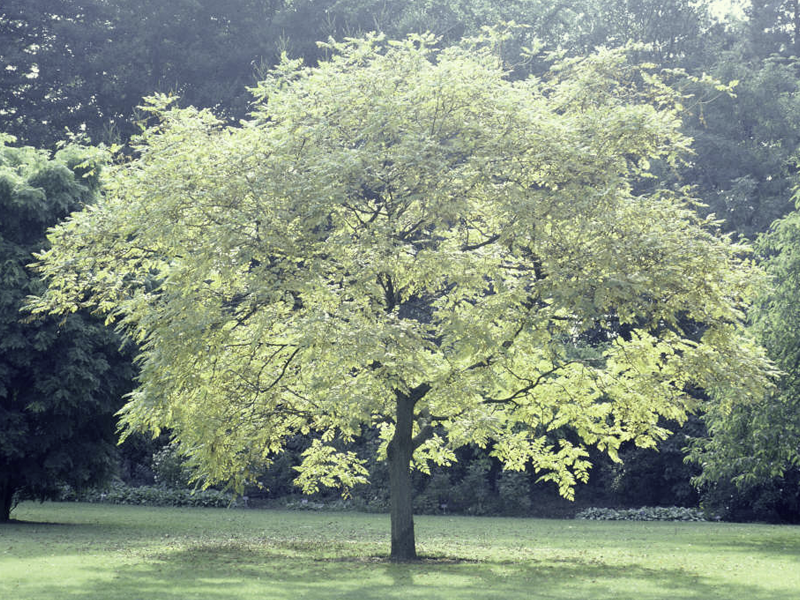We are pleased to announce the winner of the replacement tree vote. An impressive 818 votes were received and the winner is……
………………….
The Pride of India aka Koelreutia paniculata.
The votes were as follows:
Pride of India: 322
Dawn redwood: 257
Oak cultivar: 122
Japanese pagoda: 117
The Lambeth tree team write:
“Whilst all 4 proposed species are well suited to the location, the Koelreutia paniculata (Pride of India) is a well-deserved winner for such a prominent location.
The large semi-mature specimen that it is hoped will be planted on Monday 25/3/24 will provide not only a year-round focal point due to its seasonal interest from colour changing leaves, the production of flowers and fruit for wildlife and its interesting silhouette in the winter months, but also provide many environmental benefits which will increase as the tree grows including carbon sequestration, shading and rainwater attenuation.
Many of the voters included comments in addition to their votes, and as such we wanted to take the time to address some of the more frequent or applicable ones.
-
Lack of “native” species in the palette provided:
Whilst it is true that none of the proposed species are native to the UK or even Europe, it is important that tree species selected for planting are adapted not only for the current harshness of the urban environment but also the predicted climatic changes. As it is hoped that the trees we are planting now will be around for many decades to come, we are looking to species that are native to locations that currently experience higher temperatures, and both drought and increased rainfall such as China and North America whose climate the UK has been predicted to emulate within the next 50 years. Hopefully this will ensure that they will continue to flourish. It is also worth noting that Koelreutia paniculata is thought to have been introduced from China & Korea to the UK as early as the 1760’s.
It is also important that we continue to increase the boroughs biodiversity within its tree stock, ensuring that its overall resilience to external factors is high to maintain and increase its canopy cover and the many benefits that trees provide.
-
Biosecurity, pests and diseases:
Lambeth’s tree team procures all its tree stock from approved tree nurseries with robust biosecurity policies to ensure the trees are of the highest quality and mitigate the risk of introduction of pests and diseases within the borough. These policies include but are not limited to the quarantining of imported stock for a minimum of a year before being available for purchase, regular visits from the governments plant health inspectorate and records of origin and movement.
This care of biosecurity also extends to the soil, with the existing planting medium either being fully replaced or having ameliorates added including targeted biological fungicide and macro and micro nutrients to help improve the tree and soils resilience to pests and diseases.
-
Toxicity of seeds:
There have been some concerns regarding the toxicity of Koelreutia paniculata in relation to children and pets. The seeds/ seed pods do contain toxins however there is not much research into their affects, however we have been informed by our main tree nursery supplier that a very large volume of seeds would need to be ingested before medical help would need to be sought. The species has been used both in highway and open space locations throughout London for many years but we are not aware of any issues and the proposed location should not see a significant build-up of fallen seed.
-
Management of the tree:
Due to its location next to a busy junction, there had been some comments regarding visibility and branches overhanging the road, causing obstructions. Lambeth Councils tree maintenance programme takes the volume of traffic (both pedestrian and vehicular) into consideration when determining frequency of inspection and works being undertaken, with this location being on a biennial [2 yearly] inspection regime once its planting establishment period has finished, as for the first 3 years it will be visited weekly between April and September and once a month between September and March.
The specimen that has been selected from our tree nursery has been chosen due to its excellent form, which will also reduce the potential risks noted above, which will be further enhanced by good arboricultual practice in formative pruning.”



